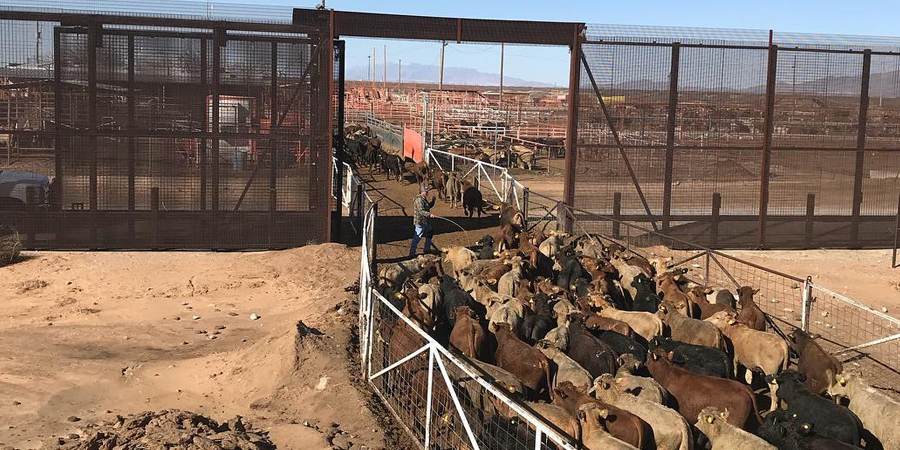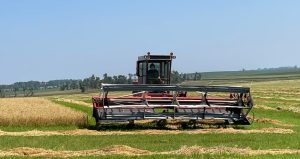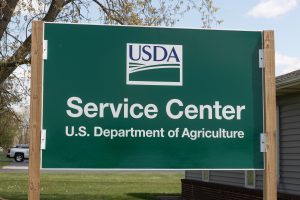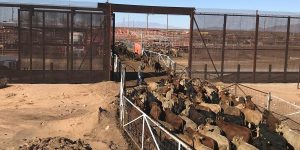
Port in Arizona will be first to reopen as soon as July 7 after closures because of New World screwworm
WASHINGTON, D.C. – The USDA has announced a phased reopening of some southern ports to resume imports of live cattle, bison, and horses from Mexico.
Ethan Lane with the National Cattlemen’s Beef Association (NCBA) told Brownfield Ag News the two countries have been working together to combat the spread of New World screwworm (NWS), and this is a logical first step in resuming commerce. “This is a reflection that the cooperation, and the feeling that Secretary Rollins and her team has that the Mexican government is doing what they need to do and that we can resume some cross-border trade,” he says.
According to the USDA, only cattle and bison born and raised in Sonora or Chihuahua and treated according to the NWS protocols can be imported. “Those protocols that were put in place back in February were working very well while they were in place,” Lane tells Brownfield. “The rejection rates were very low, and they are keeping the border safe while we combat this screwworm further South than Mexico.”
The USDA’s Animal and Plant Health Inspection Service says there hasn’t been a significant increase in reported NWS cases in Mexico, and there hasn’t been any northward movement in the past eight weeks.
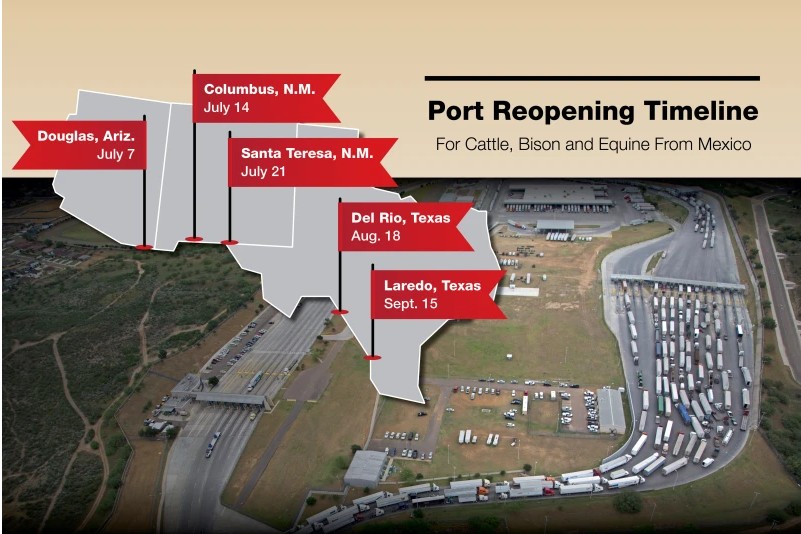
Lane says imports are set to resume on July 7 in Douglas, Arizona, and will move from West to East. “All of those different benchmarks will come with additional scrutiny and oversight from the US side of the border and working with Mexico to ensure that they’re continuing to see what they need to see from all parties as this thing moves forward,” he says.
After each reopening, the USDA will review the situation to ensure no adverse effects arise. Columbus, New Mexico, is scheduled to reopen July 14; Santa Teresa, New Mexico, is scheduled to reopen July 21; Del Rio, Texas, is scheduled to resume imports August 18, and Laredo, Texas, is the final southern port scheduled to resume imports on September 15. However, reopening of the Del Rio (August 18) and Colombia Bridge (September 15) ports will be contingent on Coahuila and Nuevo Leon adopting the same NWS protocols for cattle and bison as those now required of Sonora and Chihuahua.
He says the goal is to prevent New World screwworm from entering the U.S. “But we have to conduct ourselves as if we will be dealing with the New World screwworm at some point on US soil,” he says. “In the meantime, we need to use all of the resources at our disposal to slow the incursion north or stop it in its tracks if possible.”
Ag Secretary Brooke Rollins says notable progress has been made with the USDA’s counterparts in Mexico to increase vital pest surveillance efforts and an increase in sterile fly dispersal efforts.
In June, the USDA announced efforts to increase sterile fly production. A new fly dispersal facility at Moore Air Base in South Texas is under construction and is expected to be operational by the end of 2025. Mexico is renovating its sterile fruit fly facility in Metapa, which will increase the production of sterile NWS flies by up to 100 million flies per week. Those renovations are expected to be completed by July 2026.


